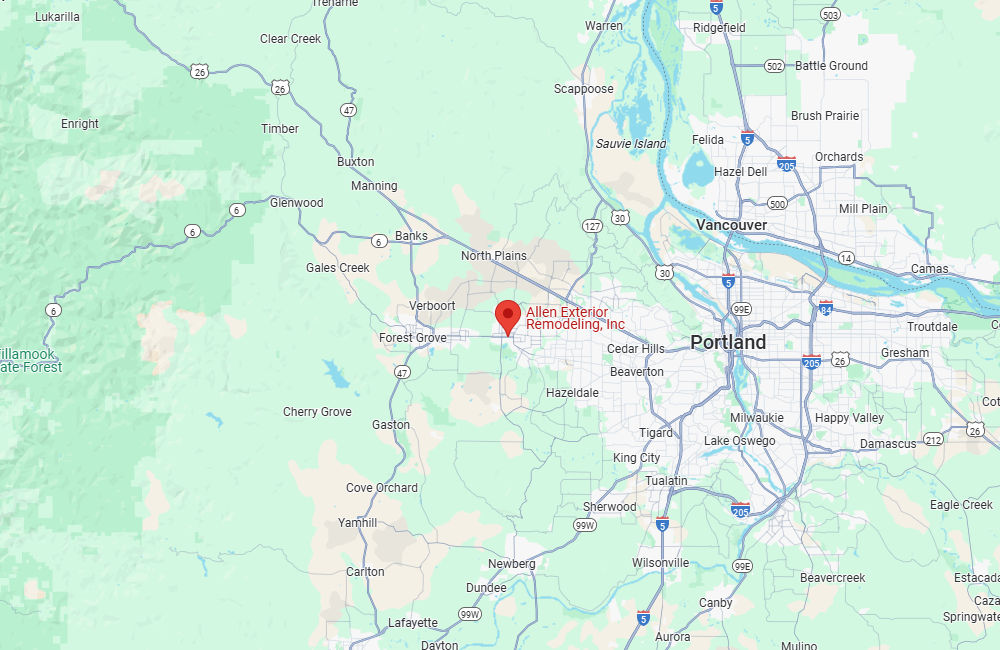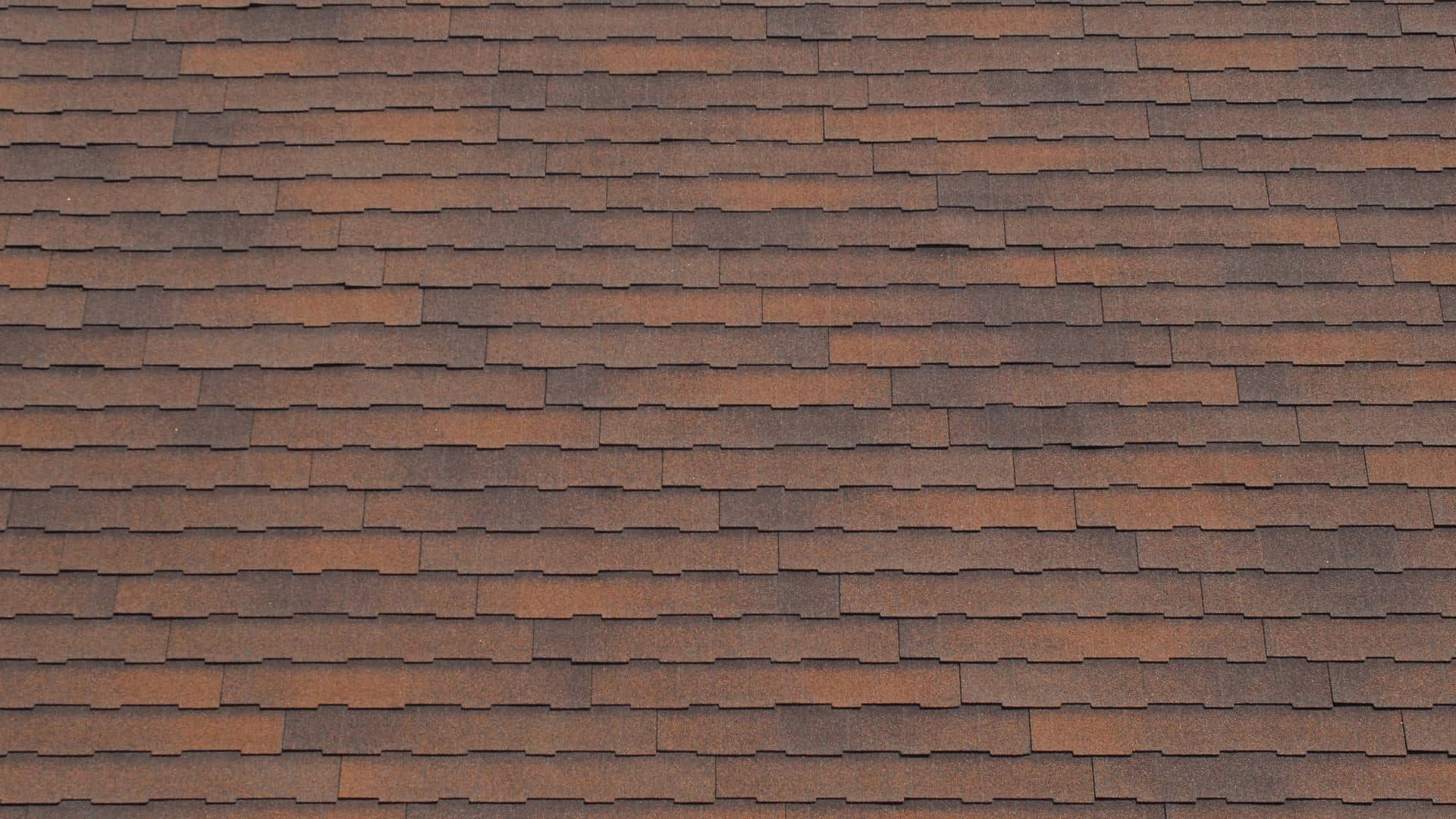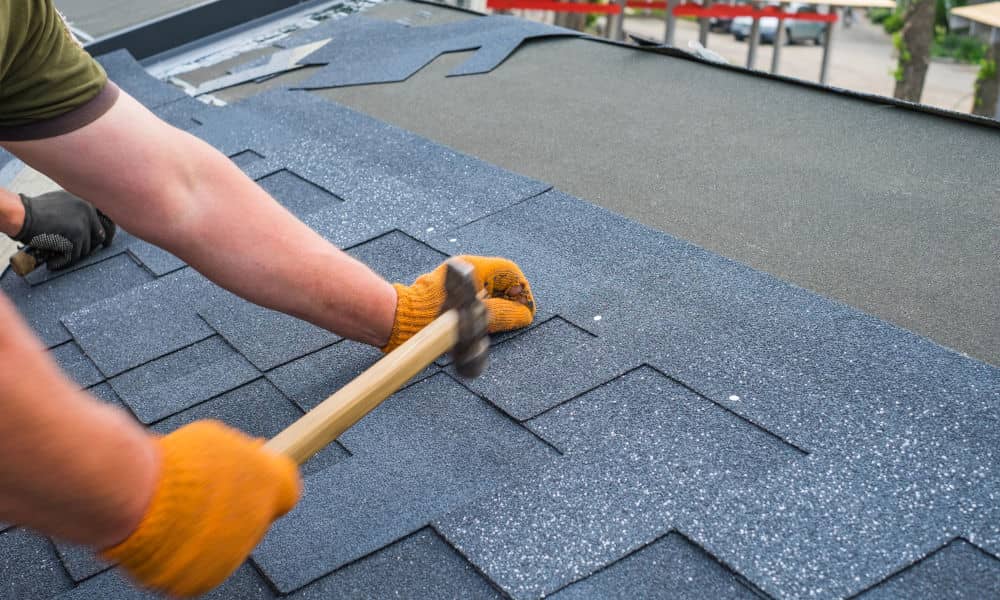Reliable Roofing And Siding Contractors To Elevate Your Hillsboro Property
If you plan on remodeling any exterior part of your Hillsboro property, you need a reliable team of roofing and siding contractors to get the job done right - you need Allen Exterior Remodeling, Inc.! Backed by years of experience and boasting a seasoned team of dependable roofing and siding contractors, we help Hillsboro locals invest in and elevate their properties so that they can continue enjoying comfort, style, and safety in their homes and businesses!
If man can build it, we can take it apart as needed and rebuild it to make it better. Anytime you need a trustworthy crew of roofing and siding contractors to help you tackle your next big remodeling project, Allen Exterior Remodeling, Inc. is here to help. We promise to be the foundation of your peace of mind—delivering roofs built for resilience, shaped by your vision, and backed by a commitment that never wavers.
Others try. We succeed. Allen Exterior Remodeling, Inc. is the only name in roofing you'll ever need. Excited about discussing the possibilities with us? If you've got a potential project in mind, call us at 503-693-1948 or fill out our online form to request a free quote today!
Learn More About Us
Our Comprehensive Roofing & Siding Services
With 20+ years of experience, our caring and highly skilled team of roofing and siding contractors is more than capable of tackling any task our Hillsboro customers require. We proudly offer a comprehensive range of roofing and siding services:

Cities We Protect
We've proudly served the Hillsboro area for many years, and we hope to continue serving it for many more. We offer our services in the following cities and communities:
- Hillsboro, OR
- Beaverton, OR
- Cornelius, OR
- Forest Grove, OR
- Newberg, OR
- Portland, OR
- Sherwood, OR
- Tigard, OR
- Newberg, OR
- Oregon City, OR
- Fairview, OR
- Troutdale, OR
- Gresham, OR
- Milwaukie, OR
- Lake Oswego, OR

Why Annual Roof Inspections Are Important
Day in and day out, your roof is constantly exposed to the elements. Over time, your roof will inevitably start to develop some wear and tear, and when that happens, the safety and structural integrity of your home may be at stake. It doesn't take a single big storm to wear down a roof over time, and in fact, damage and weaknesses in your roof can sneak up on you if you haven't had it inspected since the last time you weathered a serious storm.
Good roofs can potentially last for 20 years or more, but they require proper maintenance and upkeep to reach their maximum lifespan. If you want your Hillsboro roof to withstand the tests of time, then we think it's worth investing in an annual roof inspection so you can keep abreast of what's going on with your roof and repair any issues before things get serious. If it's been more than a year since your last roof inspection, call us today!
Learn More About Roof Inspections
Say Goodbye to Leaks
Book Your Roof Repair Today!Why Choose Us?
We proudly employ a seasoned team of roofing and siding experts with more than 20 years of experience. Each one of our team members is caring, highly skilled, and committed to producing excellent results on every job. No slacking, no corner-cutting, no wasted time or materials - each one of us is driven to do the best job they can every time, and with their top-notch talent, they can deliver a quality of service our competition can't match.
Invest in quality today, save on repairs tomorrow—because doing it right is always worth it. With Allen Exterior Remodeling, Inc., you're never in doubt that you're working with the best of the best in Hillsboro. Whether you're just scheduling an annual roof inspection or completely remodeling the exterior of your home and business, our capable crew will provide you with fantastic, beautiful constructions built to withstand the tests of time - we've got you, rain or shine.
Contact Us Today!Got Roofing Questions? Our FAQs Have Answers!
The benefits of installing new siding when your old siding starts to wear out are numerous. For one, it can give your home a much-needed aesthetic boost, restoring vibrant color to its exterior and massively improving its curb appeal. It also gives your home a new line of essential protection against the elements to replace the old, worn-out siding that may not have been protecting your home as effectively. This all comes together to seriously enhance your property's value, should you ever wish to sell your home at any point!
An awning can turn a basic patio into a more comfortable, shaded, and private outdoor living space. Awnings provide shade, reduce solar heat, give you a bit of additional protection from the rain, block excess UV rays from giving you sunburns or damaging your outdoor furniture... overall, they just enhance your outdoor spaces by making them more stylish, comfortable, and personalized to your exact style and tastes!
It depends a lot on the age of your roof and the extent of the damage. If the damage is isolated - for example, a few missing shingles or minor leaks - usually, roof repairs are sufficient for addressing the issue. However, if the damage is widespread or severe, or if your roof is more than 20 years old, then roof replacement may end up being the more effective - and cost-effective - option.
At first glance, it can be hard to tell whether or not your entire roof needs to be replaced or you just need a few repairs to set things right. Luckily, we can answer that question for you quickly by giving your property a comprehensive roof inspection. If you know you're dealing with roof damage, but you don't know whether repair or replacement is the right answer, schedule a roof inspection with us ASAP!
Manufactured homes tend to require specialized roofing services because most of them are built with different types of roofs than traditional homes, like flat and low-sloped roofs, or roofs made with less "typical" materials like TPO and PVC. Manufactured homes are unique and therefore require a unique approach. We offer a comprehensive range of roofing services designed specifically for manufactured homes, so we can address any challenges our prefab home-owning clients require!

Helpful Articles
-
Top 5 Roof Maintenance Tasks to Complete Before Winter in Oregon
Oregon’s rainy season hits hard, and Hillsboro homes often feel it first at the roofline. Before the first long stretch of storms, make time for a professional check so small concerns don’t become soaked insulation, stained ceilings, or indoor air issues. The simplest step is to […]
-
The Importance of Regular Roof Maintenance in Oregon’s Climate
At Allen Exterior Remodeling, we know how challenging Oregon’s weather can be on your home. From heavy rains to damp winters and occasional windstorms, your roof is constantly exposed to conditions that test its durability. For homeowners in Hillsboro and across the Pacific Northwest, roof maintenance […]


